Templeton on the Green
The former home of the world-famous Templeton Carpet Factory.
James Templeton was a farmer’s son who followed an unlikely path to become one of the most successful carpet manufacturers in Britain. The Templeton Carpet Factory became known worldwide for the quality and design of its carpets.
Originally specializing in picture carpets, such as the “Twelve Apostles Carpet” which was displayed at the Paris Exhibition of 1867, James Templeton and Son Carpet Manufacturers expanded their production sites to Glasgow Green.
Carpets were crafted on-site beginning in 1857, but this elaborate building wasn’t completed until 1891. After several designs for extensions to the factory were turned down by the city, Templeton, along with renowned Scottish architect William Leiper, decided to submit a plan that was less extravagant. This resulted in the construction of what is regarded by many as one of the finest decorative brick buildings in the world.
The building’s design was inspired by Venice’s Palazzo Ducale (Doge’s Palace). The elaborate façade is made from brick, glass mosaic, and terracotta. It was commonplace during the 19th-century to hide the industrial nature of mills and factories behind elaborate exteriors.
Templeton Carpet Factory manufactured carpets for domestic use, but was also the carpet of choice for historic buildings and coronations around the world. Templeton carpets can be found in both the state and parliament buildings, Westminster Abbey, and the White House.
By 1980, the factory stopped making carpets. The Grade A listed building is now home to offices, workshops, and apartments.
Know Before You Go
Overlooking Glasgow Green and the People’s Palace.
Further information about Templeton Carpet Factory can be found on display boards in the coffee shop of the People’s Palace which is situated opposite the mill building.
Just a few yards north, situated on a green space along London Road, is a work of public art. The piece is entitled 'Cut From the Factory Floor' and was designed by Iain Kettles. It is a metal sculpture in the shape of rolled up carpet, one that would have been manufactured by Templeton's workshop.


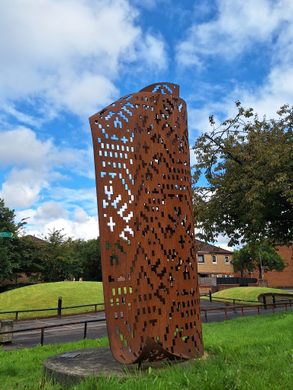
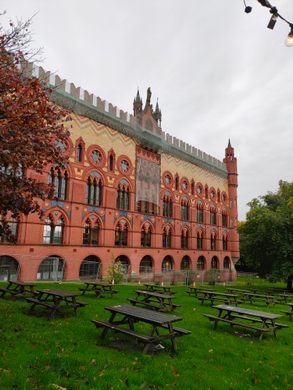







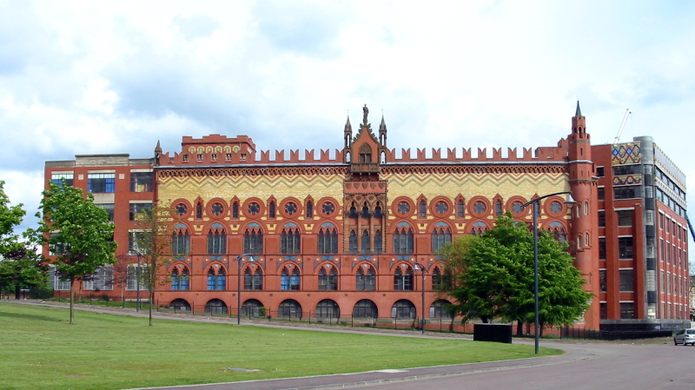











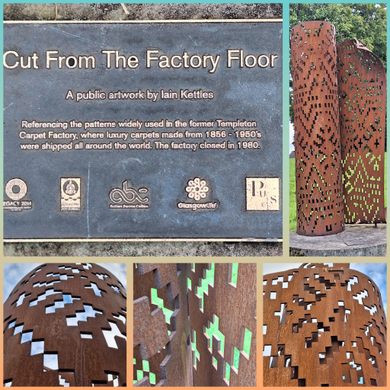











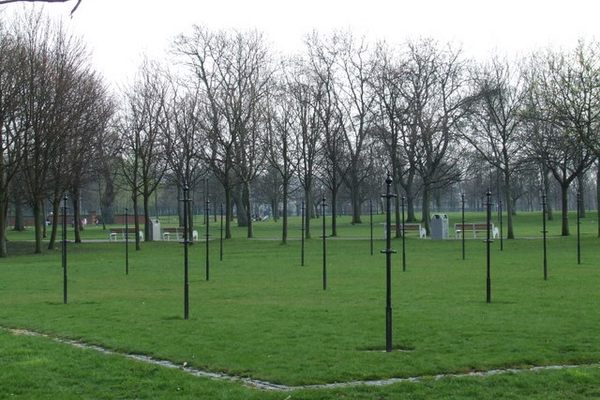
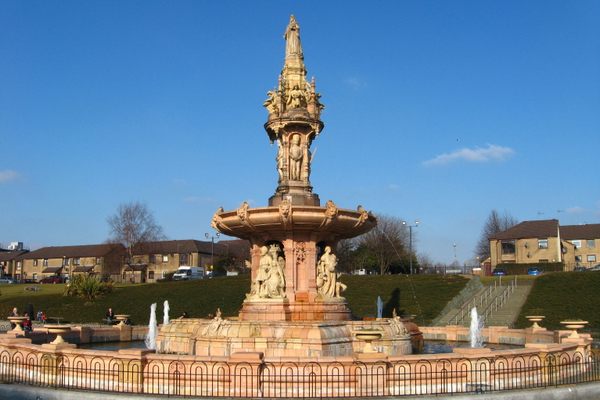
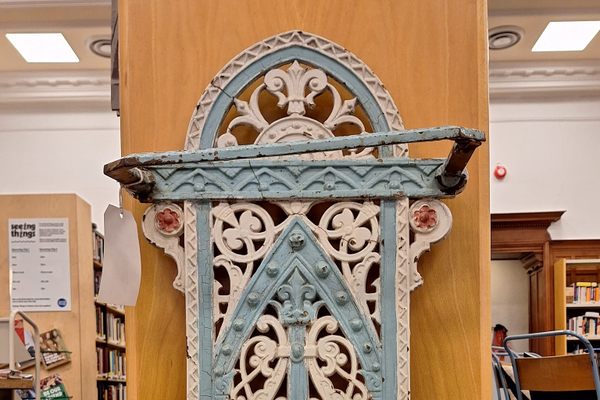




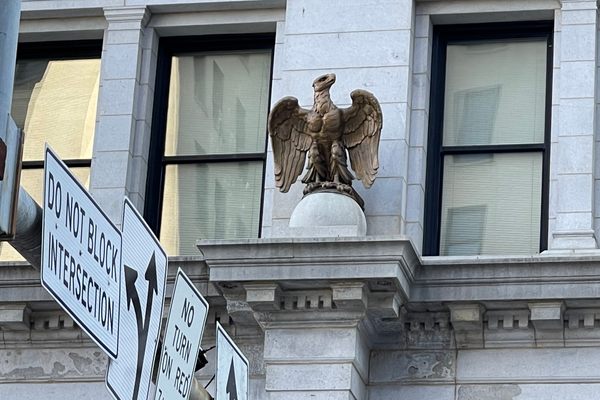

Follow us on Twitter to get the latest on the world's hidden wonders.
Like us on Facebook to get the latest on the world's hidden wonders.
Follow us on Twitter Like us on Facebook